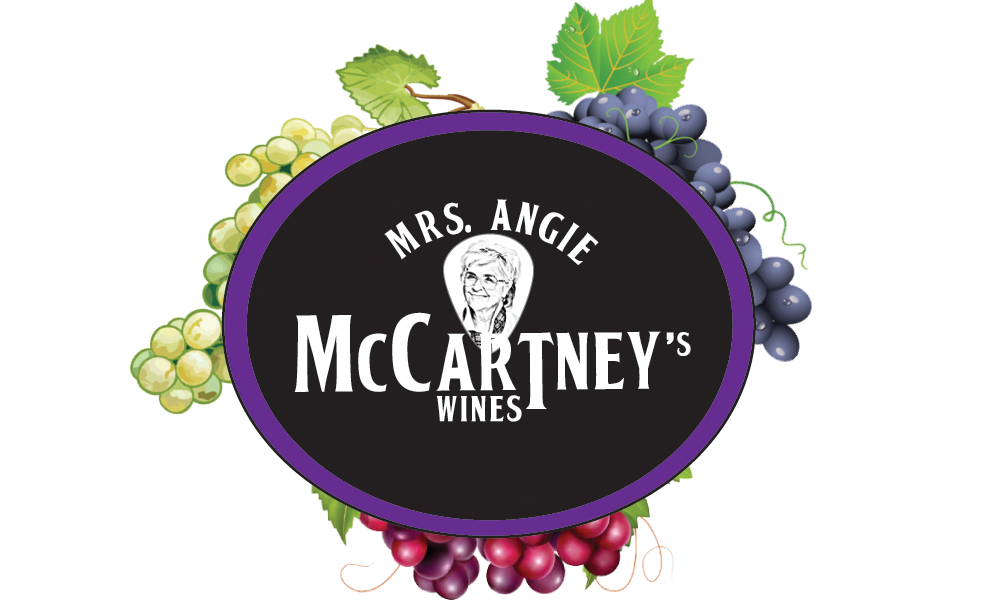For most of us, simply to say that we like a wine when we taste it is about as far as we go in using words to describe our favorite tipple. But for a ton of wine professionals out there, there’s a whole vocabulary of terms that they are intimately familiar with. And that’s where the disconnect between average drinkers and professionals occurs. Wine drinkers may ask a professional about a particular wine, and they receive an answer in words that they don’t grasp, because that’s a language that the average Joe doesn’t speak. So with that in mind, I’ve doing some sleuthing and will be sending you my findings as they come to light.
The first one I discovered was “Austere.” Now that’s a word that makes me think of my schooldays at St. Teresa’s in Liverpool, and of Teachers and Nuns that scared the living daylights out of me, with their austere and severe manner. However, when used in relation to wine, the scribes say it indicates that a wine just doesn’t taste too good, and may be harsh, or not have enough fruit flavor. Or it may be because the wine is too young, but sometimes it may have just been a poorly made batch and is not “balanced.” So instead of them using the word “austere” they could just say that the wine is a little harsh and tannic and lacking in fruit flavors. There now - didn’t that sound much better?





